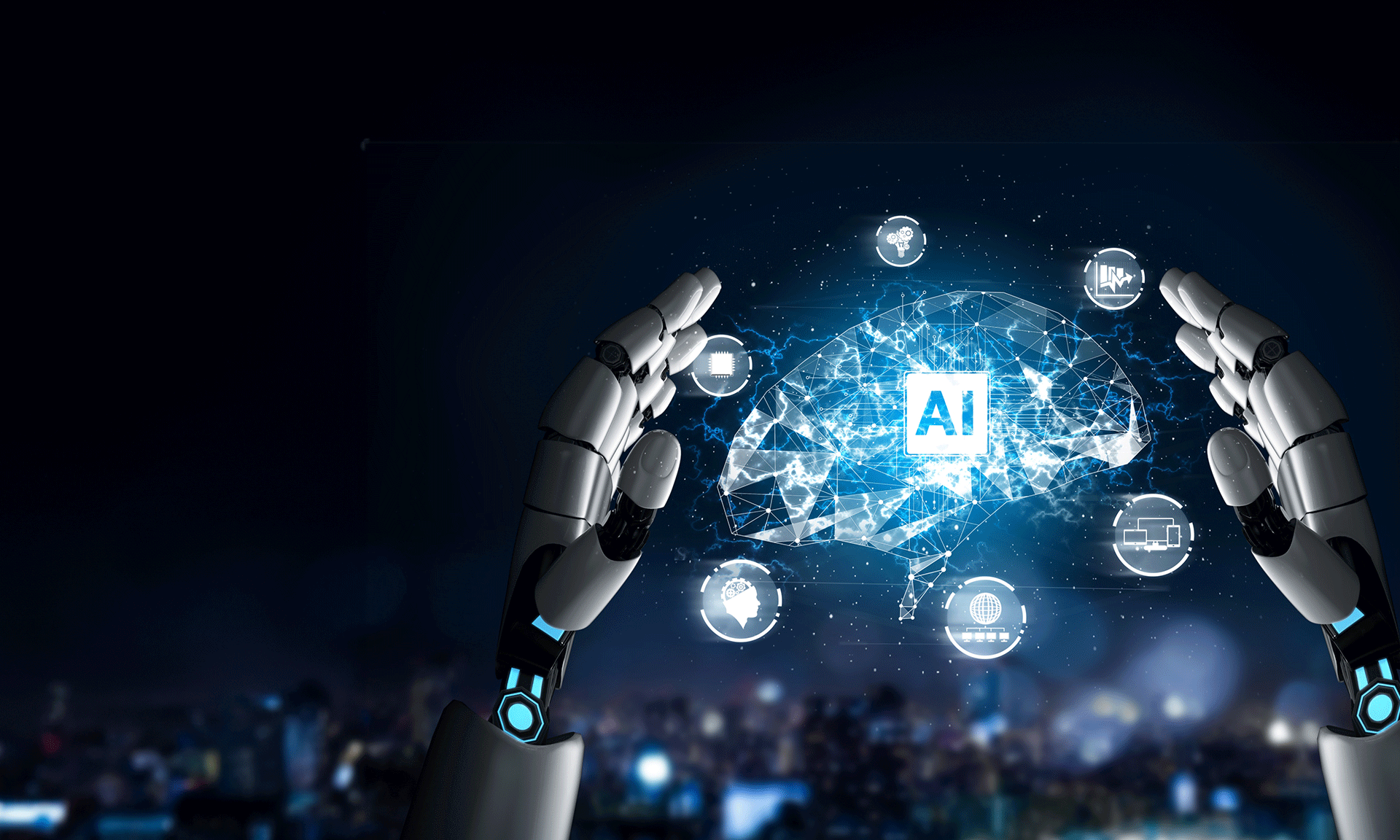AI started in the year 2015 and the business world was spellbound with the technology, pulled in by headlines that attracted a huge range of emotions from excitement to fear mongering.
Today, after five years into the journey to enhance tax and accounting workflows using data, analytics and AI, we can say that the real-world advancement of this technology is much more heartening — and constructive — than either of those previous narratives would suggest.
The reality is that AI is not going to take the jobs and it is surely not doing your taxes. However, it will certainly help tax and accounting experts in keeping up with the onslaught that the new tax legislation brings in. It will also assist in handling tax code amendments and global trade disruption that otherwise would be challenging for them. It is making this happen by streamlining the monotonous, cyclic, labour-intensive tasks and releasing time and brain space for tax professionals to think more strategically and bring more value to the table for their clients and colleagues.
This pattern has been observed across almost all areas of knowledge work and not just in the accounting field. More clarity has been gained through our introducing a range of new AI-powered research tools particularly for tax, legal and accounting experts that the value of this technology as it advances would be focused directly on productivity. To sum it up, the technology that so many people dreaded would replace human beings is in reality creating better opportunities for more getting billable hours applied to greater value/cost activities and less on menial tasks that no one really wished to do in the first place.
Handling information overload
When look at the second phase of AI integration into knowledge tools, we begin to understand the technology that it not only reads and interprets text, but it also surfaces meaningful insights from any particular text. An example of this from presently available technology would be the application which can scan legal briefs or memoranda and utilising AI to advise other applicable cases to include or weak cases to ignore based on rational analysis of the underlying case law.
This technology is surely not a substitute for the legal and accounting professional; however, it is certainly a tool which enables making their workflow easier, manageable and also serves as a precious gut-check for their labour-intensive case selection processes and tasks. This capability is becoming more and more appreciated as knowledge workers are overwhelmed with more data.
The future of AI
As we look towards the upcoming phases of development for AI in terms of tax and accounting and other similar knowledge-intensive sectors, it is clear that the technology would ensue a similar evolutionary route. The technology that is used these days to find meaningful insights out of unstructured data sets is being created now to aggressively monitor for anomalies and detect any possible risks. That capability would open the path to more complex, predictive scenario projection and analytics, and, eventually make the automation of many of such capabilities possible.
There are AI skeptics would say that job losses are not far behind, but this constricted view of the world overlooks the human capability to do more things and develop our capabilities along with technology. Through history, as technologies have developed, our capability to do more with the time we have achieved through improved efficiency has grown with it. This would continue in the AI future, thus opening up new heights of achievement that would have seemed impossible just a few years back.
How will AI effect the tax and accounting profession?
The key trends for AI in tax
So you must be wondering about how AI or artificial intelligence is going to affect you and your company? Jordan Kleinsmith, who is the Product Innovation Lead for tax and accounting professionals at Thomson Reuters, says that the key AI trends for tax and accounting can be categorised into two main areas; one, assisting the workforce to do their existing tasks more efficiently and aiding them to discover new services they can offer to their clients. AI-enabled programs help the professionals to process more number of returns in lesser time because it can help in answering various questions on complex topics much faster. When the professionals would have this spare time to spend with their clients along with AI, then they can find newer ways to serve their clients, which can help in maximizing both the company’s top and bottom line.
What would AI look like in my routine work?
The most common impact of AI in the tax and accounting sector is in the area of research. The Tax Cuts and Jobs Act (TCJA) introduced almost 3,000 new pages only to the federal tax code, which doesn’t include that of the individual states. Assuming that a CPA would understand each characteristic of all of those changes, particularly those with clients located in multiple states, would be impractical. Rather, we can facilitate the workforce to find the solutions they are looking for in a much simpler way. Instead of typing in keywords and scrutinising through the information, the employees can just type their question in English, like you do in the Google search engine. This kind of feature would help to create a user-friendly system, which is what AI does. These things enable the right solutions to be found in much lesser time, and your company doesn’t need to be anxious about the information’s reliability as it’s coming from the best and trusted sources.
However, if AI is to be more extensively used by tax and accounting companies, then it has to become more and more accessible. When it was introduced, only big firms that had in-house capabilities worked with AI. But today, as more software is easily available for purchase such as Thomson Reuters Checkpoint Edge, many smaller organisations can also try this technology and the overall industry could take advantage from the increase in quality.
How does AI work and how is it different than other technologies?
One of the key features that makes AI different is the user’s capability to participate in a more natural dialogue with this technology. Rather than engaging in a continuous back and forth search process, AI utilises predictive search to help in getting to the exact question you are asking and accordingly put the best sources on top of the search, so that you could get the required information in much lesser time. This technology is also capable of suggesting concept markers of various topics that the searcher might also be interested in learning, and which could eliminate the need of another separate search in most of the situations.






















 IMC Group
IMC Group